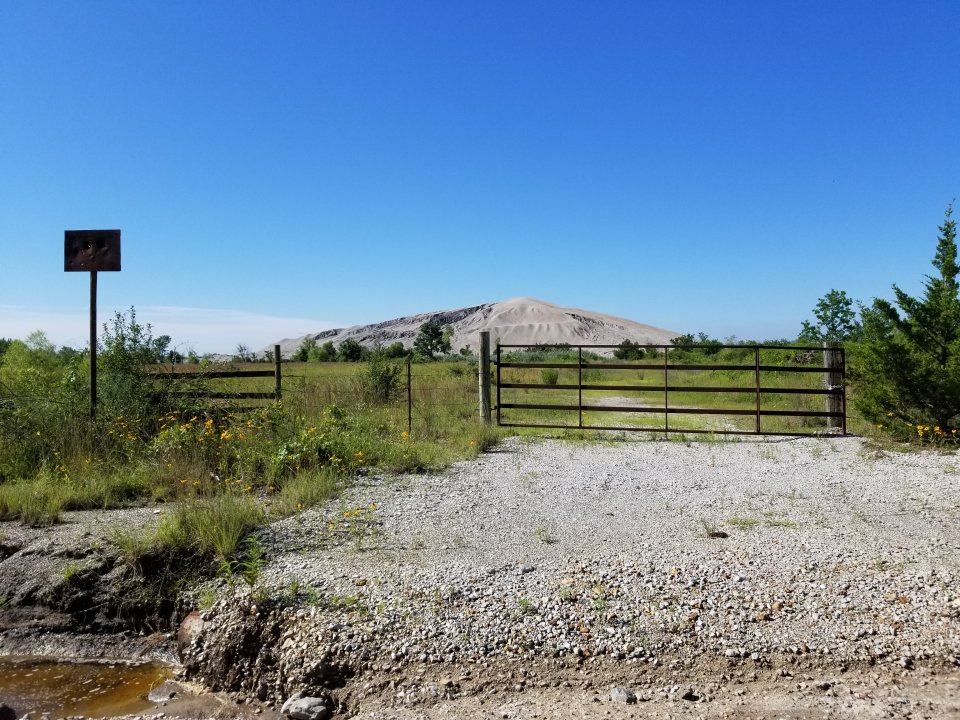Critical Mineral Recovery at Legacy Hardrock Mine Sites
What is Critical Mineral Recovery?
Critical mineral recovery involves identifying and collecting essential elements and minerals from mine waste materials so it can be processed into viable resources. Critical minerals such as lithium, cobalt and graphite are the raw materials behind the technology that powers smartphones, medical tools, solar panels, electric-car batteries and more. EPA oversees cleanup actions at Superfund and legacy hardrock mine sites, which can be potential sources of critical minerals. EPA's Office of Mountains, Deserts and Plains works alongside the U.S. Department of the Interior and U.S. Department of Energy to identify nontraditional, domestic sources of critical minerals, such as mine wastes (tailings or waste rock) and mining-influenced waters often found at hardrock mine cleanup sites. EPA assists in evaluating critical mineral recovery technologies and funds and coordinates lab studies and analysis to help offset mining cleanup costs.
- Additional information on identifying and recovering critical minerals from nontraditional sources.

Federal Partners Working Together on Critical Mineral Recovery
EPA collaborates with the other federal partners listed below to move critical mineral recovery efforts forward. This collaboration seeks to define objectives for demonstration sites, craft site-specific frameworks, propose candidate recovery technologies, and determine performance metrics.
- Department of the Interior - Office of Surface Mining Reclamation and Enforcement.
- Department of Energy - Office of Fossil Energy and Carbon Management - Division of Minerals Sustainability.
- Department of Agriculture - Forest Service.
- U.S. Geological Survey.
The Environmental Monitoring and Remediation Technology Assessment Initiative
EPA funds the Environmental Monitoring and Remediation Technology Assessment Initiative, which seeks to advance technological innovation surrounding the recovery of critical minerals from waste materials at legacy hardrock mining or metal processing sites. As part of the initiative, EMRTAI projects explore new ways to recover critical minerals. Through technology assessments, EMRTAI gives miners, regulators and other partners reliable information about industry tools for locating and recovering valuable minerals during cleanup of solid mine waste and mining influenced water.
For more information, please visit: EMRTAI’s About Page.
